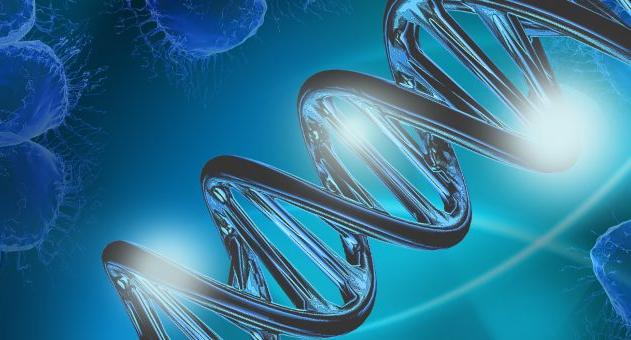 The study, led by QIMR Berghofer Medical Research Institute, also found that hundreds of other genetic variants in the BRCA1 and BRCA2 genes did not cause cancer.
The study, led by QIMR Berghofer Medical Research Institute, also found that hundreds of other genetic variants in the BRCA1 and BRCA2 genes did not cause cancer.The variants had already been discovered, but it wasn’t previously known whether they increased a person’s risk of cancer or had no effect.
The research, arising from the ENIGMA international consortium, adds to the wealth of genetic knowledge that can help identify those at risk and help doctors and genetic counsellors decide on the best management for people who carry variants in the BRCA1 or BRCA2 cancer genes.
The study involved more than 200 scientists and doctors from 114 institutions around the world, and has been published in the journal Human Mutation.
More than 20,000 variants have previously been identified in the BRCA1 and BRCA2 cancer genes which, when altered, might or might not affect a person’s chances of developing breast, ovarian and some other cancers.
However, the significance of thousands of those variants is still unknown, which is problematic for management of families carrying those variants.
The study collated research and clinical data from around the world for a large number of BRCA1 and BRCA2 genetic variants of unknown clinical significance.
Senior Author and head of QIMR Berghofer’s Molecular Cancer Epidemiology Group, Associate Professor Amanda Spurdle, said it was the single largest study of its type to date.
“We were able to weed out 447 variants as harmless, while showing 94 variants did increase a person’s risk of developing breast, ovarian, prostate and pancreatic cancers”, Associate Professor Spurdle said.
“It’s like separating the wheat from the chaff.
“These findings will help doctors give advice on the frequency of early screening such as breast scans; preventative measures such as risk-reducing surgery or medication; and even personalised treatment with specific drugs (PARP-inhibitors) for people with those cancers.
“The genetic information is also used to decide whether to test close relatives, in a bid to prevent or catch disease early.
“If we can narrow down which variants pose a danger, we can reduce concern for clinicians and patients, and avoid unnecessary testing that unfortunately sometimes occurs for individuals with a variant of uncertain significance.”
Associate Professor Spurdle said clarifying the role of so many variants was only possible because of the international collaboration.
“We pooled clinical and research expertise from around the world and applied statistical methods to tackle this problem, using information from patients and their families spread across 15 countries.
“Importantly, it has also provided a basis for us to further develop our methods for classifying genetic variants in future.”
The Australian component of the study was funded in part by the National Health and Medical Research Council (NHMRC).
qimrberghofer.edu.au


